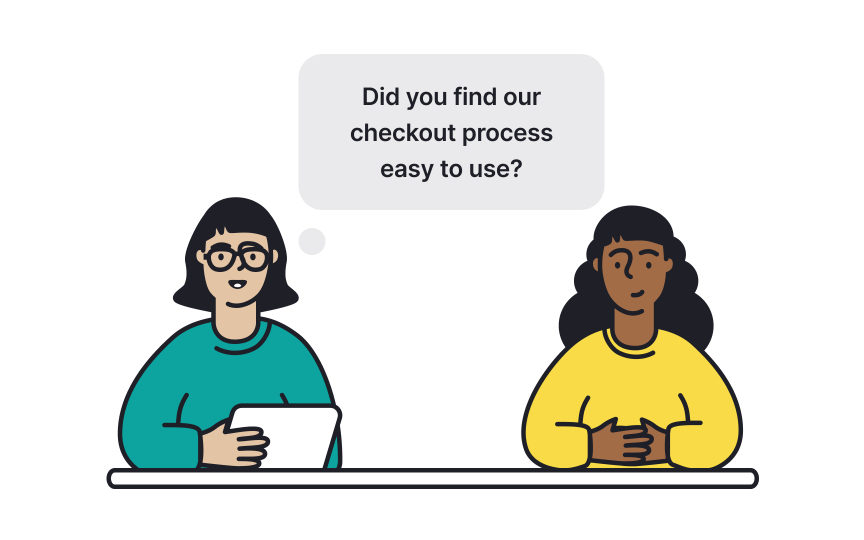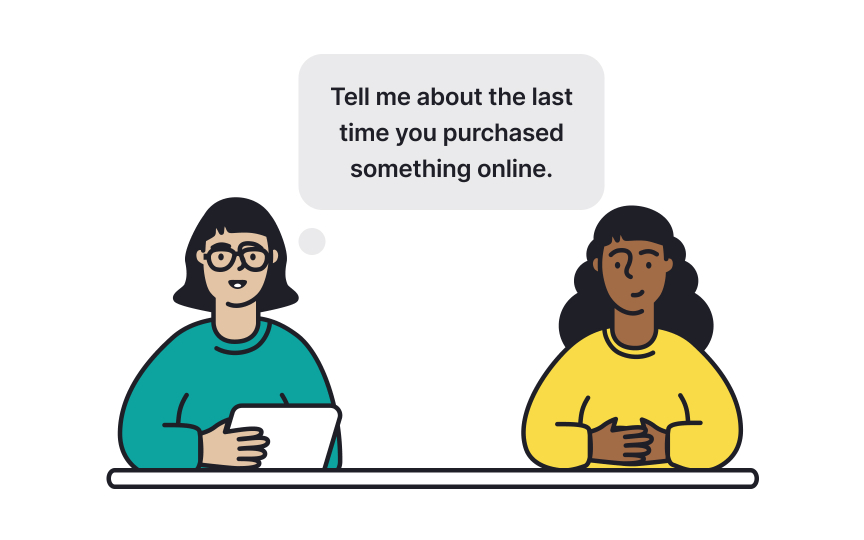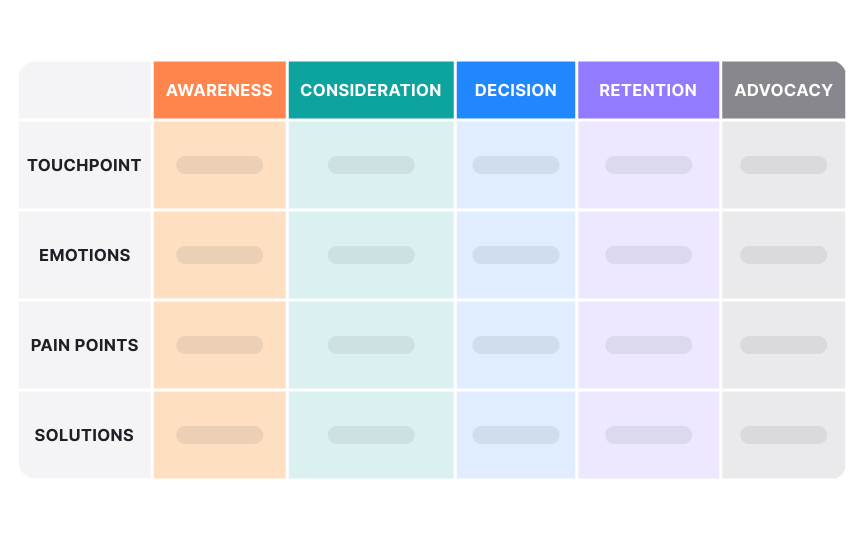Understanding User Needs and Pain Points
Discover techniques to uncover genuine user pain points and build solutions that truly matter.
At the heart of every successful product lies a deep understanding of user needs and pain points. Discovering what truly matters to users involves more than guessing or assuming. It requires systematic research, genuine empathy, and active listening. Product managers who excel at identifying customer problems create solutions that resonate emotionally with users, driving adoption and loyalty. This human-centered approach transforms the product development process from feature-focused to problem-focused, ensuring resources target genuine user needs rather than perceived ones.
By mapping customer journeys, conducting meaningful interviews, creating empathy maps, and validating assumptions through market research and experimentation, product managers can uncover the emotional drivers behind user behavior. This foundation of understanding creates products that don't just function well but actually matter in people's lives, solving real problems that users might not even articulate for themselves.
Great product managers focus on understanding problems instead of rushing to build solutions. When building products, it's easy to fall in love with a specific idea or feature rather than making sure it actually solves a real user problem. This mistake leads to products that look impressive but don't address what customers truly need. Starting with the problem helps teams stay flexible. As you learn more about your users, you might discover that your initial solution idea isn't the best approach. Being passionate about solving the problem, rather than being attached to a specific solution, allows you to pivot when needed.
Think of it this way: problems are stable while solutions evolve. The challenges your users face remain relatively consistent, but the best way to solve those challenges might change as technology advances or as you gather more insights. This focus keeps product development grounded in user needs rather than chasing trends or adding features that don't create real value.[1]
Pro Tip: When discussing ideas with your team, always start by clearly stating the user problem before suggesting any solutions.
Talking directly to users is the most powerful way to uncover their real needs and pain points. User
When conducting effective user interviews, focus on:
- Creating a comfortable environment where users feel safe sharing honest feedback
- Asking open-ended questions that encourage detailed responses
- Listening more than you speak — aim for an 80/20 ratio in favor of the user talking
- Avoiding leading questions that suggest desired answers
- Capturing both verbal feedback and emotional reactions[2]
Pay attention to both what users say and how they say it. Their tone, hesitations, and body language often reveal emotional connections to certain problems. These emotional indicators help identify which pain points matter most and deserve your attention first.
Remember that users may not always be able to articulate exactly what they need. Your job is to listen for the problems behind their feature requests and suggestions. Someone asking for a specific solution might actually be revealing a deeper problem that could be solved in various ways.[3]
Pro Tip: Record your user interviews (with permission) so you can review them later with your team. This helps ensure everyone understands the users’ perspective firsthand.
Active listening goes beyond simply hearing what users say and involves understanding the deeper meaning behind their words. When practicing active listening during user research, remember to:
- Focus completely on users without planning your next question
- Ask thoughtful follow-up questions that dig deeper into their experiences
- Reflect back what you hear to confirm your understanding
- Notice emotional cues like frustration, excitement, or hesitation
- Avoid interrupting, even when you think you understand the point
- Be comfortable with silence, giving users time to gather their thoughts
Active listening reveals the "why" behind user behaviors and preferences. When someone describes a feature they want, the active listener seeks to understand the underlying need driving that request. This approach leads to solutions that address root problems rather than symptoms.
The most valuable insights often come when users feel truly heard. By demonstrating genuine interest in their challenges, you create an environment where they're willing to share more authentic and detailed experiences that lead to breakthrough product insights.[4]
Pro Tip: To stay fully present during interviews, ask for users’ permission to record the session. This way, you can focus on the conversation in the moment and revisit the recording later to take notes and analyze key insights.
Customer journey mapping visualizes the complete experience users have with your product or service, from initial awareness, such as seeing an advert for your product for the first time, to ongoing usage, like renewing a subscription after a year of loyal engagement. This powerful technique helps product teams identify pain points, moments of friction, and emotional highs and lows at each stage of interaction.
Journey maps reveal critical insights that might otherwise remain hidden. For example, you might discover that users struggle most during onboarding, or that a seemingly minor feature becomes crucial during regular use. These insights help prioritize product improvements where they'll have the greatest impact.
The visual nature of journey maps makes them excellent tools for creating alignment across teams. When everyone understands how users experience your product and where they encounter problems, it becomes easier to make user-centered decisions and justify product priorities to stakeholders.[6]
Pro Tip: Include actual user quotes and photos in your journey map to make it more compelling and authentic for team members who weren't directly involved in the research.
Gathering qualitative feedback through
Key approaches to data-driven validation include:
- Analyzing usage metrics to identify where users struggle or drop off
- Tracking support tickets and customer complaints to spot recurring issues
- Using surveys to quantify the prevalence of specific pain points
- Setting up A/B tests to validate potential solutions
- Monitoring social media and review sites for common feedback themes
- Comparing user behavior against expected paths through your product
Data validation prevents teams from overreacting to feedback from a vocal minority. While individual user stories provide depth and context, data shows breadth and impact. Together, they create a powerful foundation for product decisions.
This approach also helps prioritize which pain points to address first. When qualitative research identifies ten possible issues, data can reveal which ones affect the most users or have the greatest impact on key metrics like conversion or retention. This ensures your team focuses on solving problems that will create the most value.[7]
Before committing significant resources to build a product or even a single feature, product managers validate their ideas in the market. Market validation helps determine if your proposed solution addresses a genuine need that enough users care about and are willing to pay for.
Effective market validation includes several approaches:
- Direct outreach to potential customers to discuss the problem and the proposed solution
- Competitive analysis to identify gaps and opportunities in the market
- Low-fidelity prototypes to quickly gather feedback on potential solutions
- Landing pages that gauge interest through sign-ups or pre-orders
- Minimum viable products (MVPs) that test core functionality
- Small-scale pilots with a subset of target users
The key to successful market validation is starting with minimal investment. By testing assumptions early and cheaply, you avoid the costly mistake of building something nobody wants. This applies equally to major new products and individual features within existing products. Many teams waste resources building features that users never adopt because they didn't validate the need first.
Remember that market validation isn't a one-time event but an ongoing process. As you gather feedback and insights, you'll refine both your understanding of the problem and your proposed solution. This iterative cycle helps ensure that when you do build your product or feature, it's aligned with genuine market needs.
Pro Tip: When validating ideas, focus on what potential customers do rather than what they say. Actions like signing up for a waitlist or pre-ordering are stronger indicators of genuine interest than verbal enthusiasm.
Product teams often collect more user feedback than they can possibly implement. Prioritizing this feedback effectively is crucial for building products that address the most important user needs while making the best use of limited resources.
To prioritize user feedback systematically:
- Look for patterns and themes across multiple feedback sources
- Distinguish between "must-have" fixes and "nice-to-have" improvements
- Consider the impact on key user segments and business metrics
- Weigh the effort required against the potential value
- Analyze the frequency and emotional intensity of specific complaints
- Use frameworks like RICE (Reach, Impact, Confidence, Effort) to score feedback objectively
Not all feedback is created equal. A single passionate complaint might get attention, but may not represent a widespread issue. Conversely, a subtle but consistent friction point mentioned by many users could be significantly impacting your product's success. Learning to identify which feedback represents the greatest opportunity for improvement is a critical product management skill.
Creating successful products requires balancing user needs with business objectives. While user-centered design is essential, products must also support company goals like revenue growth, market expansion, or competitive positioning.
To effectively balance these priorities in practical ways:
- Map user needs to business outcomes - For example, improving search functionality (user need) can increase conversion rates (business goal)
- Use the RICE framework (Reach, Impact, Confidence, Effort) to score features based on both user value and business impact
- Create shared KPIs that measure both user satisfaction, such as Net Promotor Score (NPS) or CSAT(Customer Satisfaction Score) and business results (revenue, conversion)
- Hold regular cross-functional meetings where different perspectives can be heard before making trade-off decisions
- Segment features into "must-have" versus "nice-to-have" categories from both user and business perspectives
- Plan your roadmap with a mix of user-focused improvements and business-driven initiatives
The most successful products create win-win scenarios where solving user problems directly contributes to business success. When conflicts arise, the product manager's role is to facilitate productive discussions and find compromise solutions through phasing features, exploring alternatives, or making informed priority decisions.[8]
References
- User Goals vs. Business Goals – Finding the UX Tipping Point | Studio by UXPin
Top contributors
Topics
From Course
Share
Similar lessons

User Research and Personas

Competitive Analysis and Market Research






















